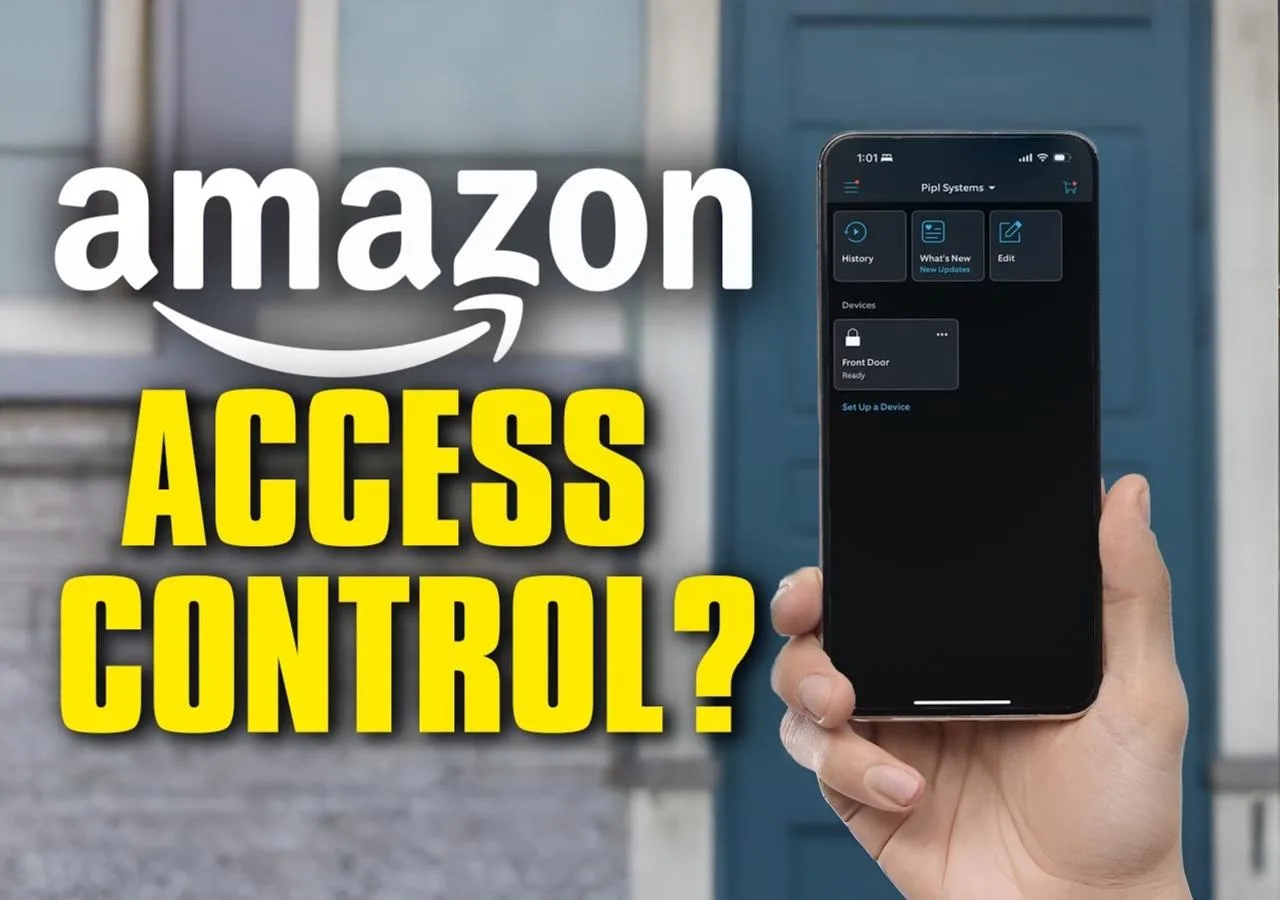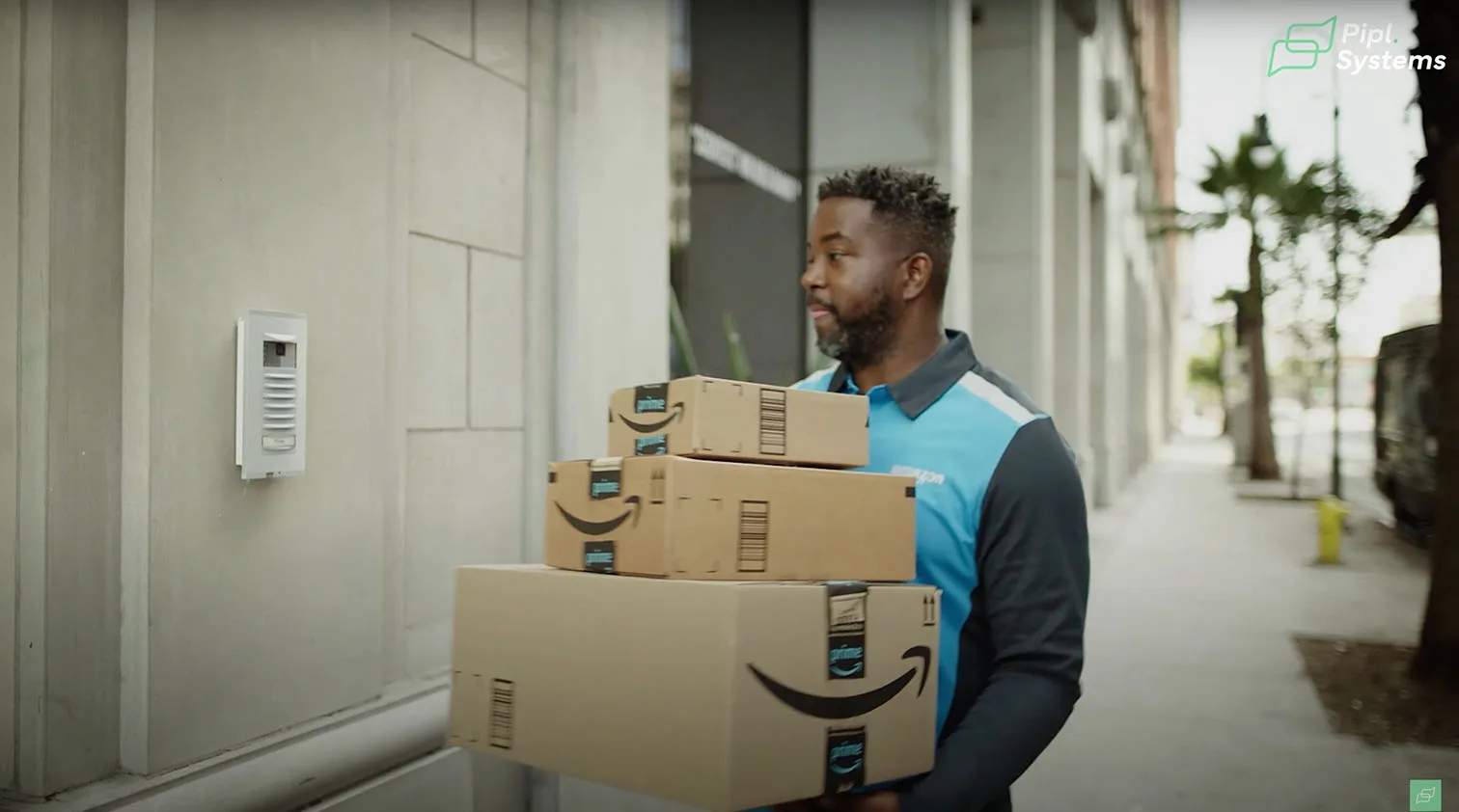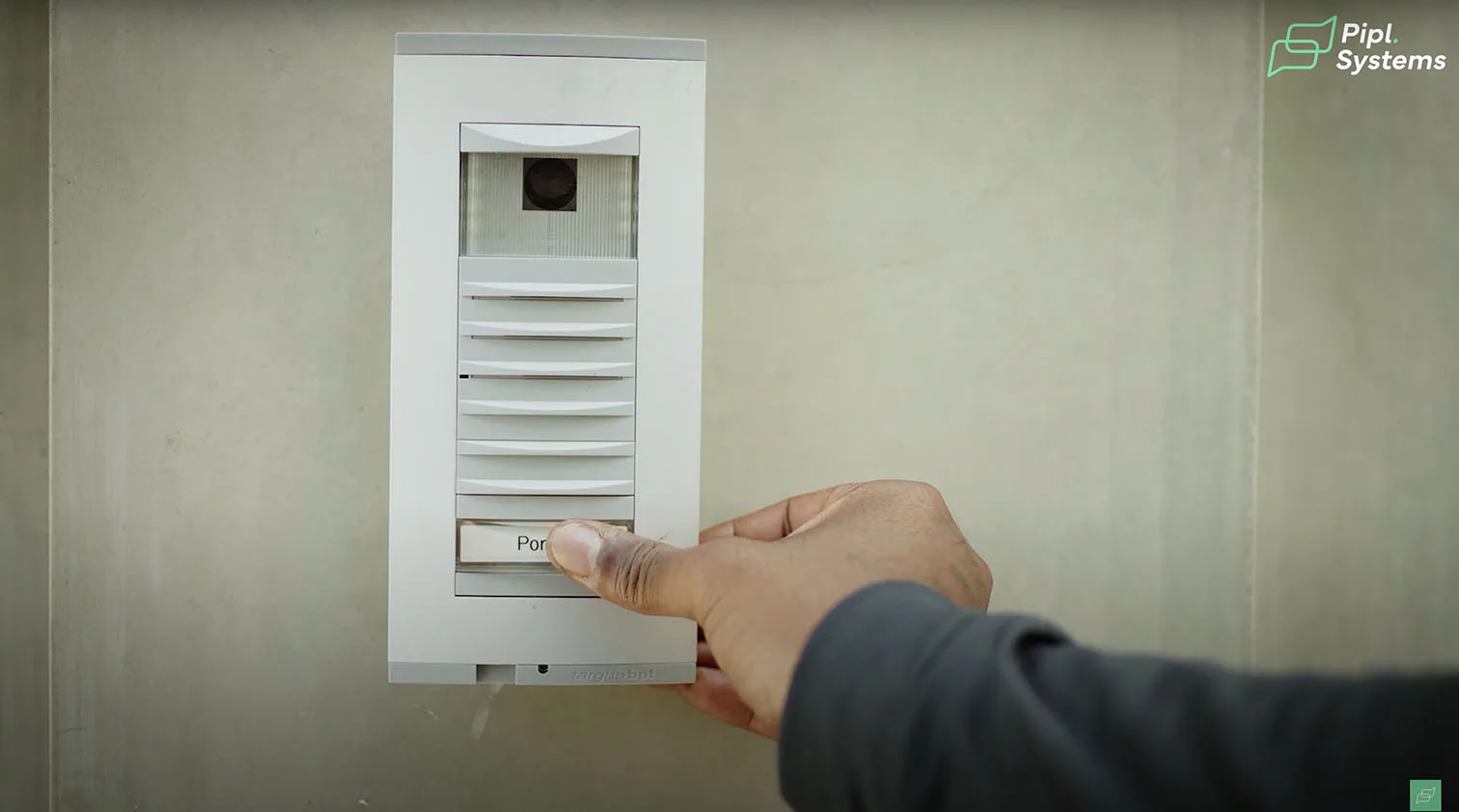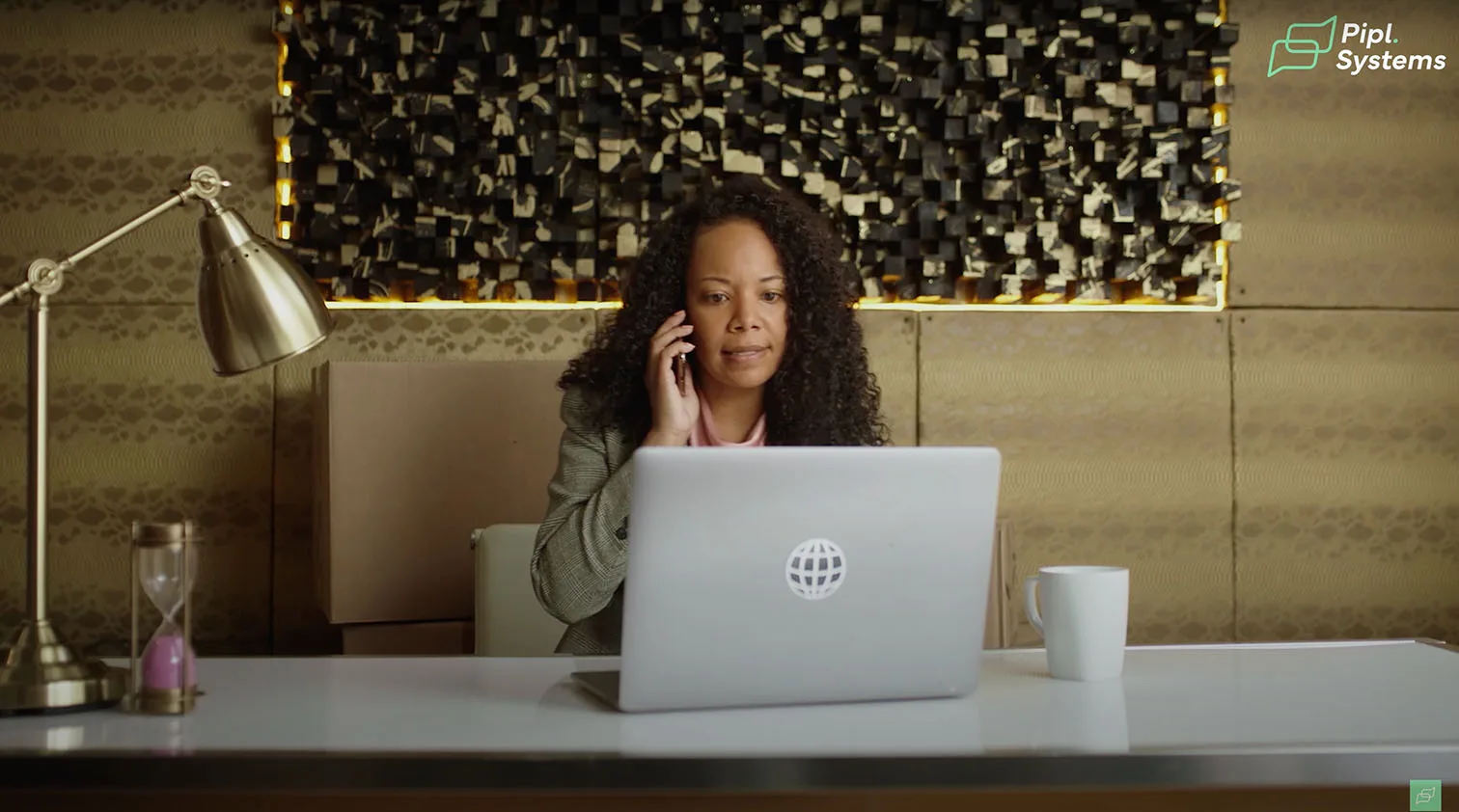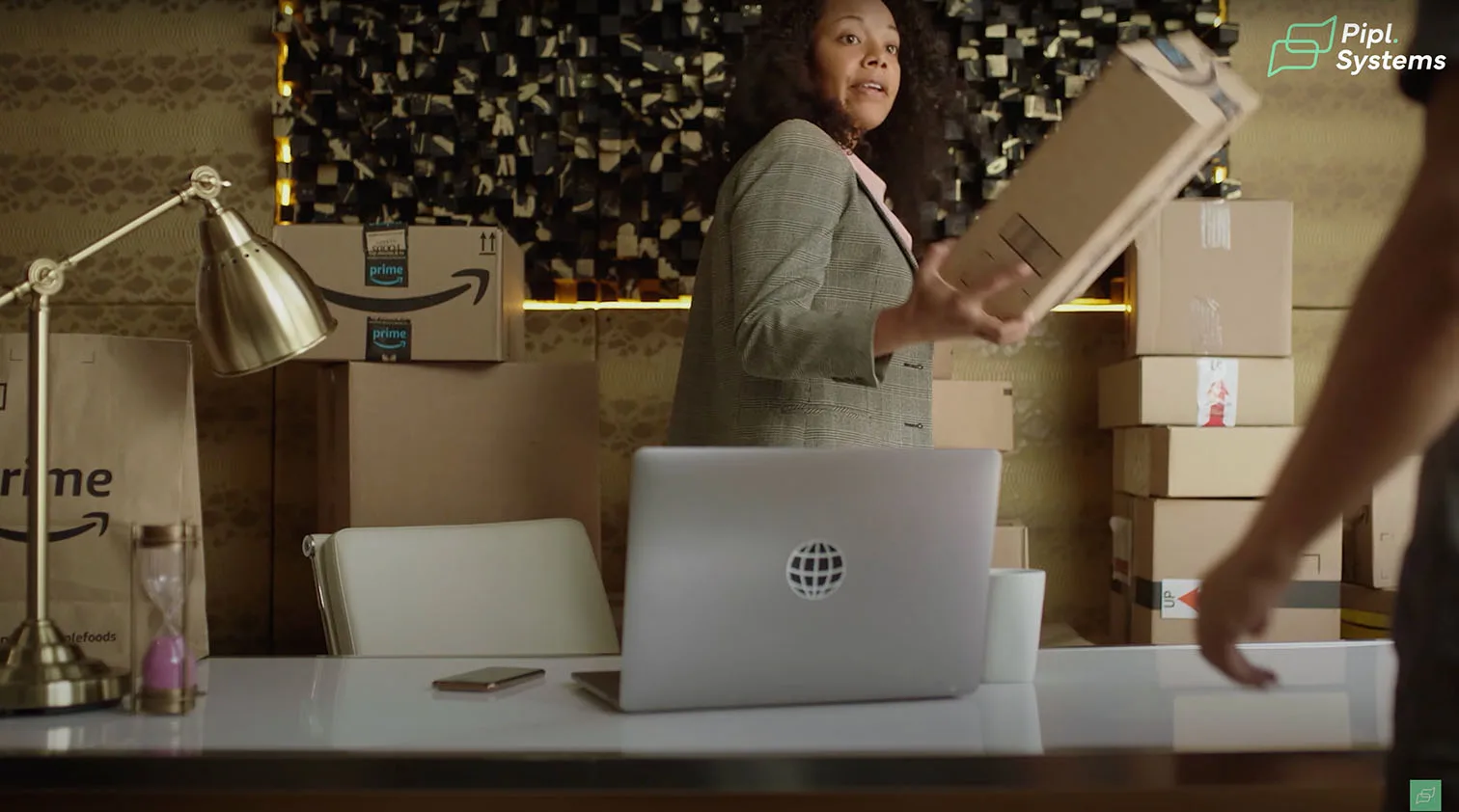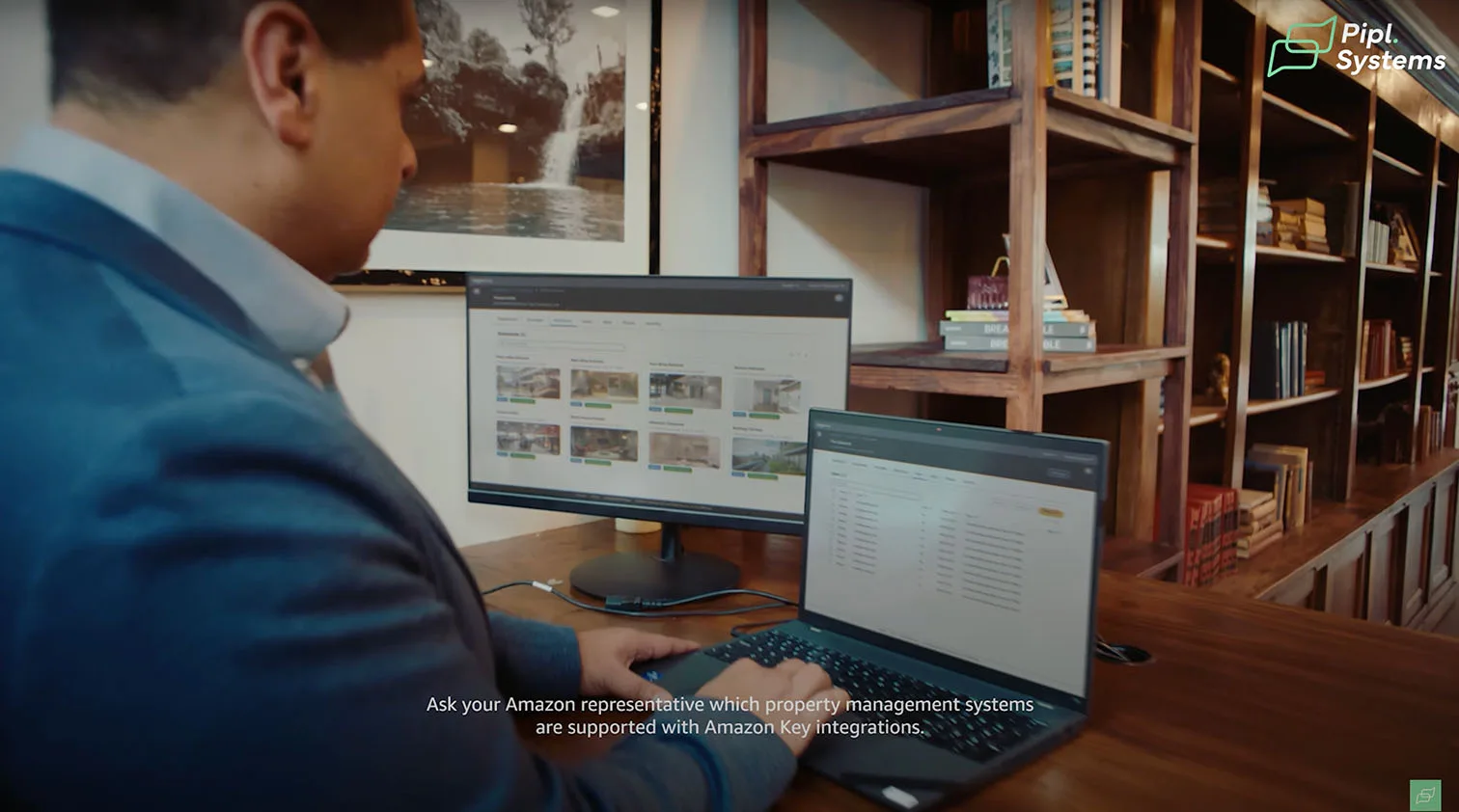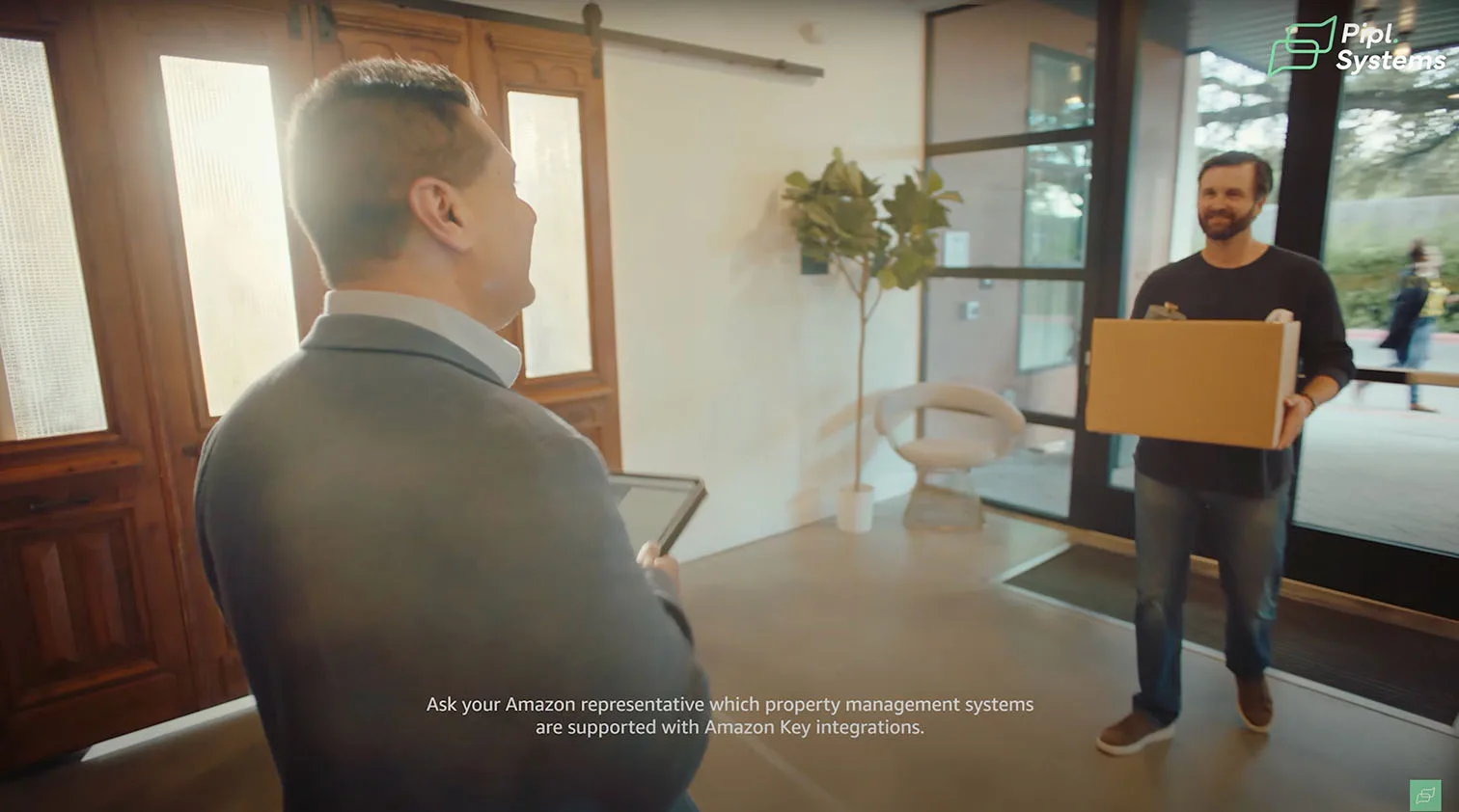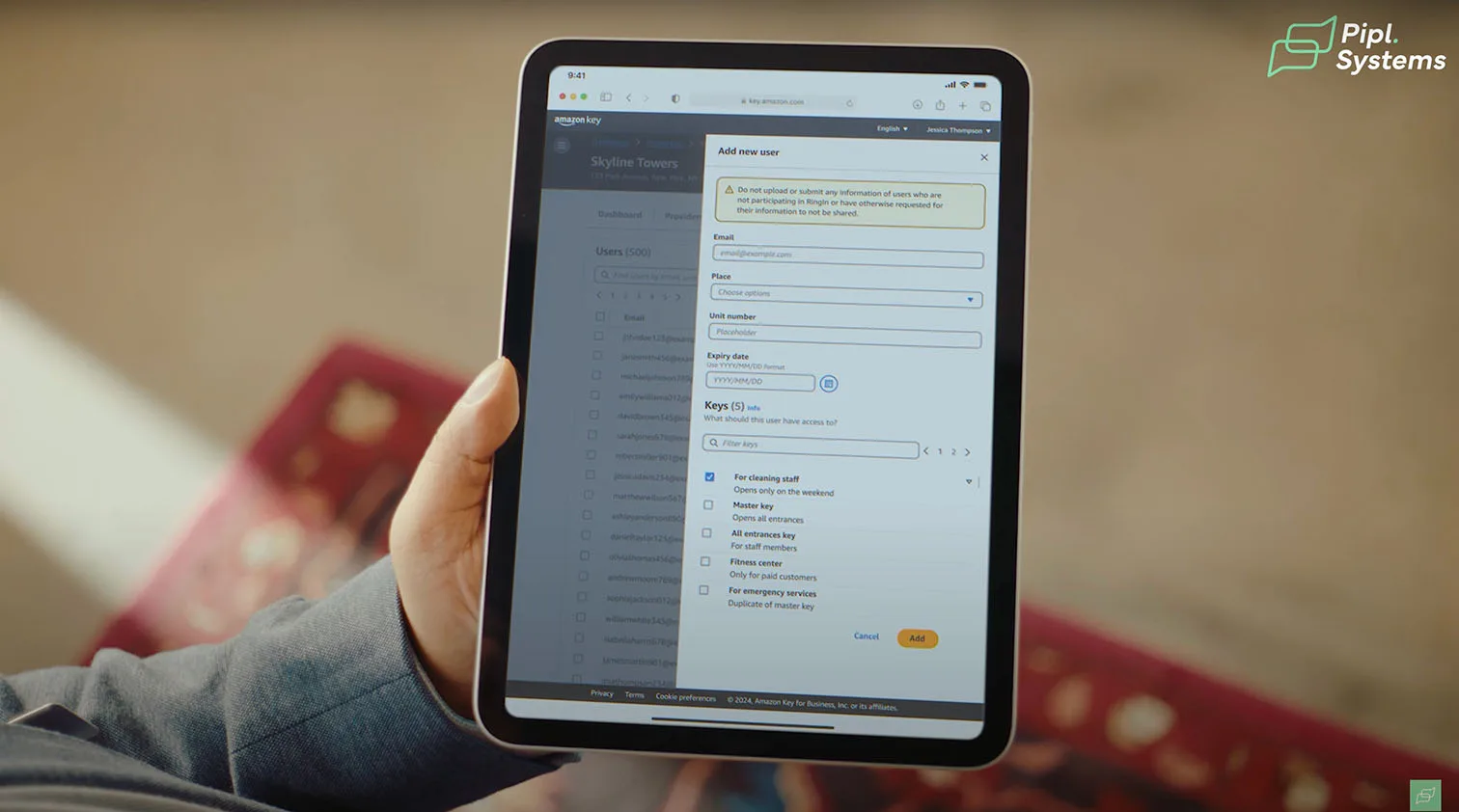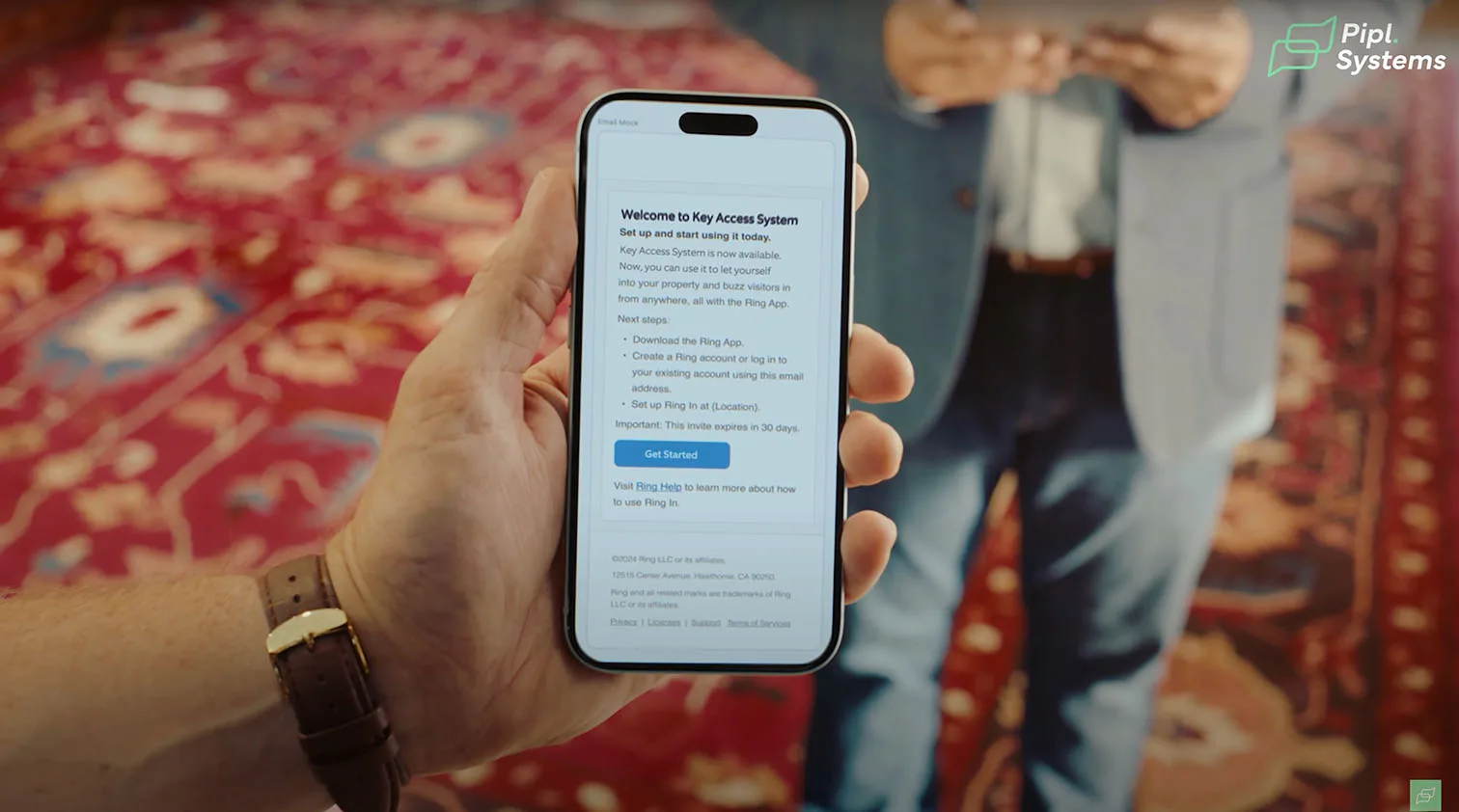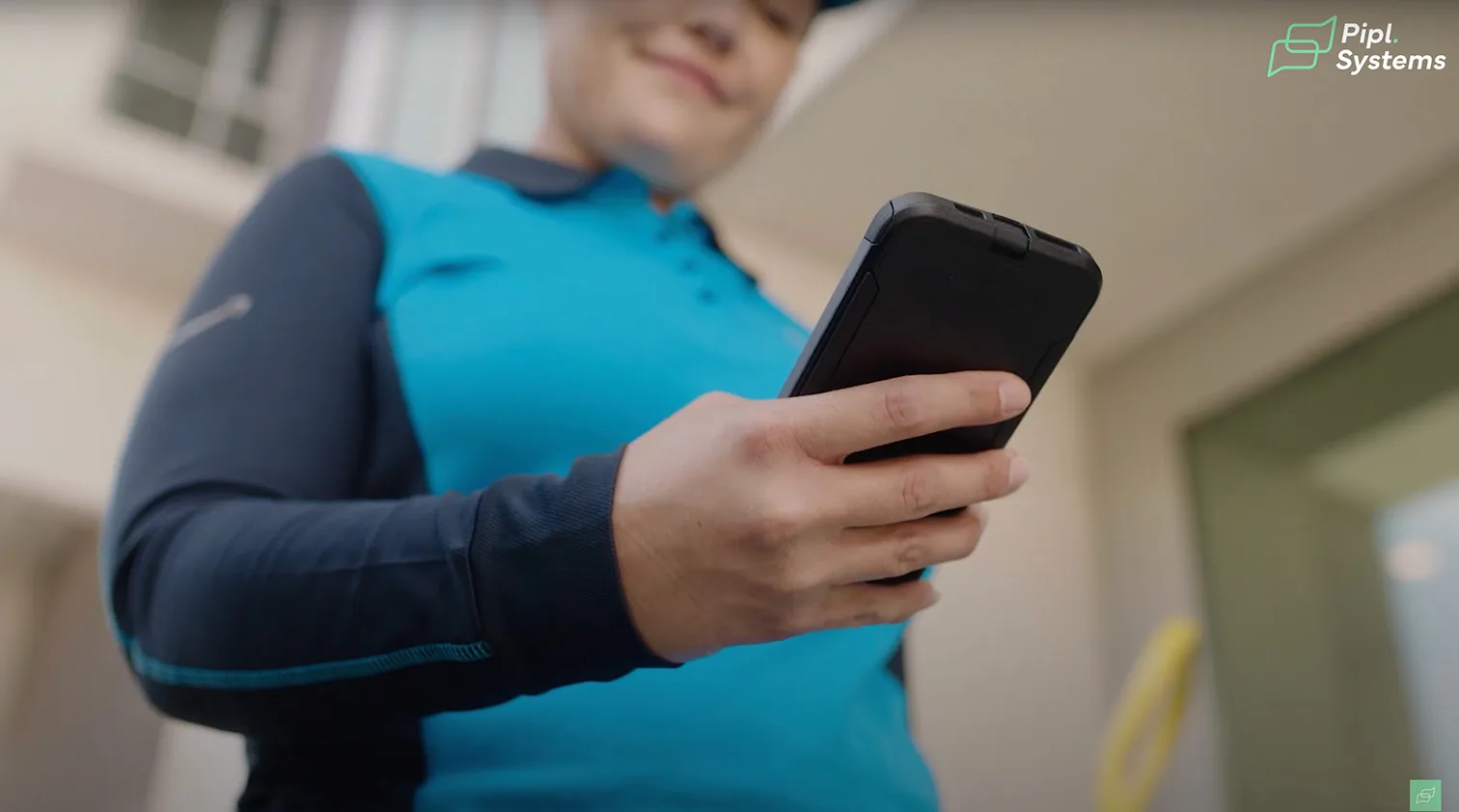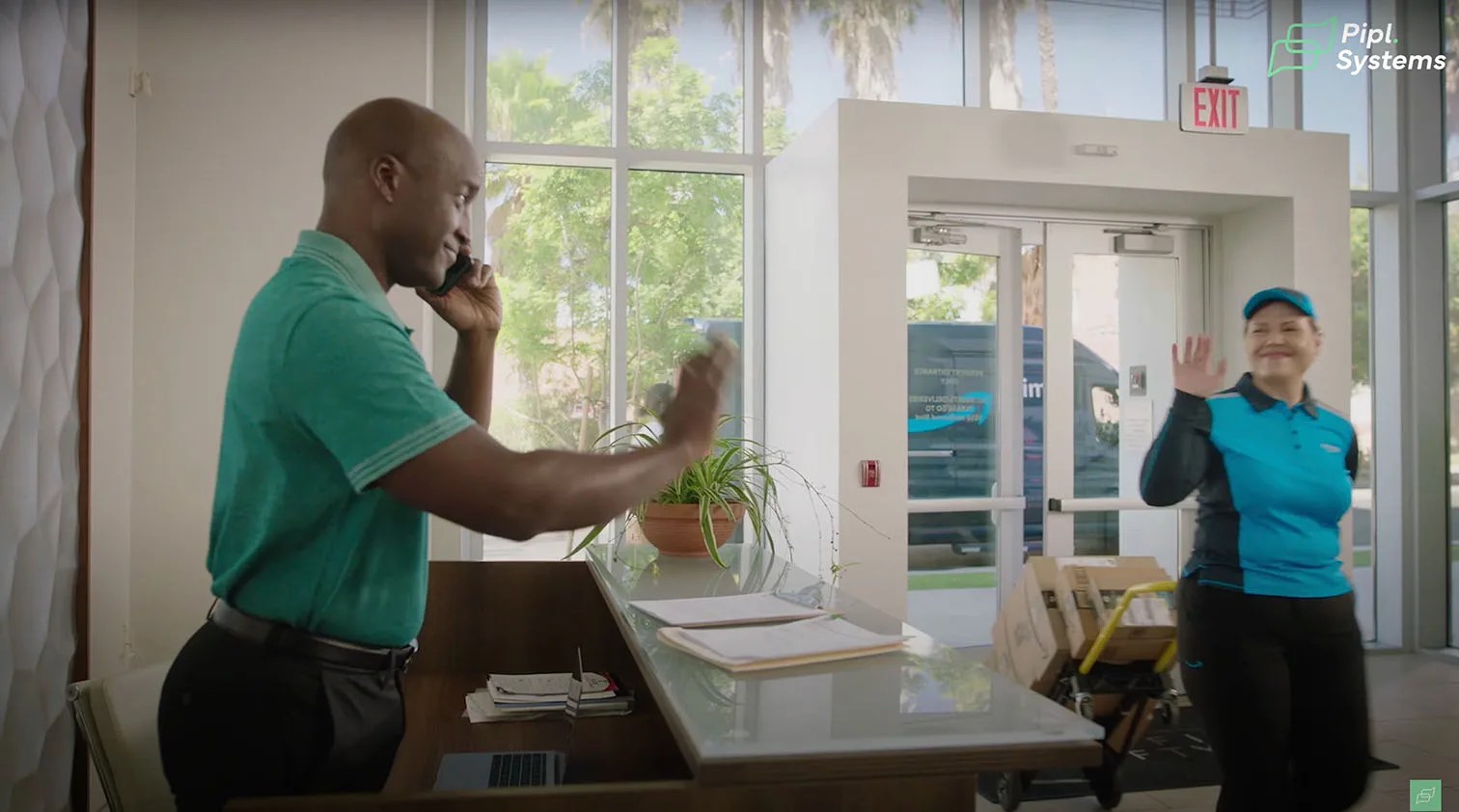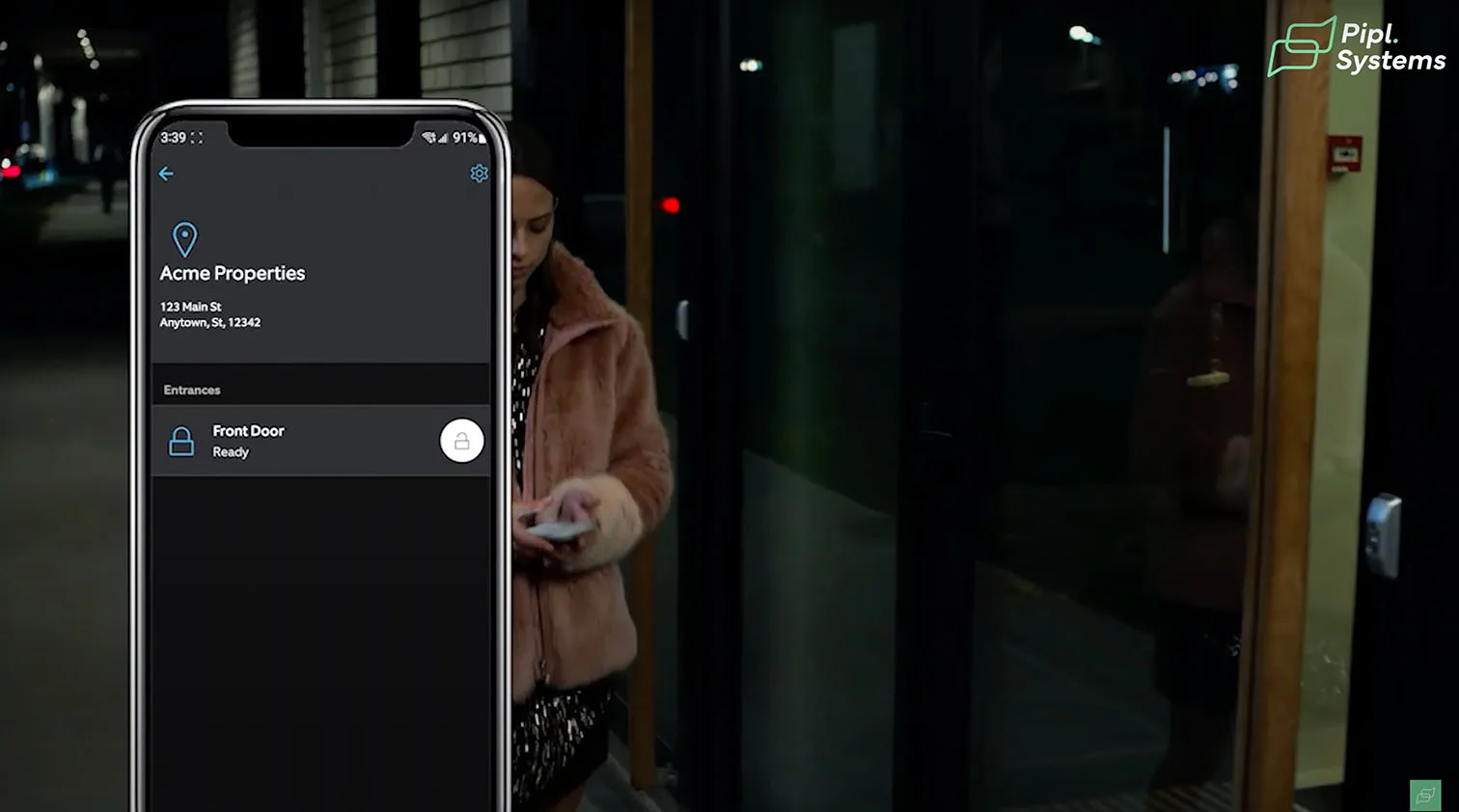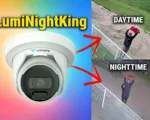Intro: Amazon Virtual Key and the Shift in Access Control
From Amazon Key to a software-first platform
Amazon Virtual Key is the logical next step in Amazon’s access control roadmap. Amazon Key for Business started by giving verified Amazon delivery drivers time-bound building entry through a small gateway that ties into existing intercoms. In our fieldwork at Pipl Systems, we’ve seen this hardware approach remove failed deliveries and reduce front-desk buzzing. According to Amazon’s internal brief, the underlying platform now unlocks doors more than four times per second across 15M+ locations in 10 countries and is installed in a majority of restricted-access multifamily properties in the U.S. With Virtual Key, Amazon moves beyond couriers and turns that same backbone into a resident- and staff-facing service.
Why this matters for North American properties
For property managers, the day-to-day wins are obvious: smartphone-based self-entry via the Ring App, remote unlocks, simple credentialing, and clean audit trails. Resident turnover is easier because access can be granted or revoked online – no rekeying, no card programming. For residents, you can buzz in visitors from anywhere and stop worrying about fobs. For operations teams, this folds into a broader digital ecosystem where access control is managed centrally rather than device by device.

What you’ll see in our hands-on testing
Our studio tests focus on how the Amazon Key device and cloud services behave in real buildings with legacy intercoms. We look at unlock speed, reliability during busy delivery windows, and how features like one-time links, time limits, and logs work in practice. The goal is a practical Amazon Key review anchored in real workflows: Amazon delivery, resident self-entry, vendor access, and the administrative experience in the web portal.
What Is Amazon Virtual Key?
A software layer that rides on the Amazon Key device
Virtual Key is a cloud service that property managers activate in the Amazon portal – no new wiring, no rip-and-replace. It runs on top of the existing Amazon Key device installed at the entry, extending Amazon Key Access from drivers to residents, staff, and authorized visitors. Think of it as turning a hardware gateway into building-wide credential management.
How it works day to day
Here’s how the Amazon Access Control System flows in the field: visitors request entry and are verified via one-way video; Amazon delivery drivers authenticate with multifactor checks; residents and staff unlock with the Ring App. Property managers issue, schedule, or revoke credentials online and see access history in real time. If you’ve wondered how does Amazon Key work beyond deliveries, Virtual Key is the answer – it generalizes the workflow to everyone who needs controlled entry.
Compatibility with legacy intercoms
The Amazon Key device can be added to most electronic intercoms and door controllers; Amazon cites compatibility with over 95% of systems. In aging buildings, this is meaningful: you keep the hardware you have and add software features your intercom never shipped with – smartphone entry, remote buzz-in, and searchable logs. Additional gateways can secure more doors as the property’s access control footprint grows.
Security model and oversight
Access is time-bound and identity-aware. Drivers get limited windows; residents control their own unlocks; property managers monitor everything from a cloud dashboard. The audit log records who unlocked, when, and from where, which simplifies incident review and policy enforcement. For multifamily owners and operators, this is the bridge from stand-alone hardware to a managed, modern access control stack.
Where it fits – and what to watch
Virtual Key excels in multifamily, mixed-use, and student housing, where turnover is high and deliveries are constant. It reduces lost-key headaches, front-desk interruptions, and package congestion while giving operations a centralized console. Watch for network reliability (internet uptime drives user experience) and change management: moving residents to phone-based credentials requires clear onboarding. As the platform evolves, we’ll continue testing and updating our Amazon Key review to reflect real-world performance across seasons and building types.
How Does Amazon Key Work?
Amazon Key started as a hardware add-on – an Amazon Key device that connects to an existing building intercom and bridges it to the cloud. In thousands of North American multifamily properties, Amazon delivery drivers use the Key for Business workflow in their mobile app to request a time-limited unlock. The system validates the request with multifactor authentication and grants a short access window so packages can be dropped securely inside, reducing failed deliveries and porch theft while taking pressure off front-desk staff.
From a building’s perspective, the install is straightforward. The Amazon Key device ties into most electronic intercom panels and door strikes, so you keep your current entry hardware. Once online, the Amazon Access Control System logs every unlock, associates it with a driver or resident action, and preserves an auditable history for property managers. If a property needs to enable more entrances, additional gateway modules can be added without replacing the core system.

Amazon Virtual Key is the logical next step. Instead of limiting the experience to couriers, Virtual Key extends the same cloud control to residents, staff, and trusted visitors – often by simply enabling a software feature in the Amazon portal. It works alongside the Ring App so residents can see who’s at the door (one-way video verification for visitors) and buzz them in remotely. In short, the question “how does Amazon Key work?” now includes self-entry, visitor management, and remote unlock – all delivered as software on top of the proven Amazon Key for Business foundation.
Benefits for Residents and Property Managers
Digital self-entry via smartphone
Residents use their phones as credentials to open common entries – no fobs, cards, or metal keys. Because Virtual Key rides on the existing Amazon Key Access infrastructure, the experience feels instant and reliable. If the phone is lost, you revoke access with a tap rather than rekeying locks.
Remote visitor access with the Ring App
When guests, contractors, or rideshare drivers arrive, residents can verify via one-way video and unlock the door from anywhere using the Ring App. This blends convenience with accountability: the system records who unlocked the door and when, maintaining a clear audit trail.
Easy key assignment and revocation
Property managers can issue time-bound virtual credentials for move-ins, maintenance windows, or vendor visits, then expire them automatically. Online key distribution eliminates the churn of physical keys and reduces “lost key” incidents. If a tenant moves out, you remove access instantly – no onsite visit required.
Centralized cloud management for property managers
The web portal gives managers a single dashboard to add or remove tenants, review unlock logs, and trigger remote openings. Many property management systems can sync resident status, so access updates follow lease changes automatically. Because the platform works with most legacy intercoms, owners modernize operations without a rip-and-replace upgrade – achieving a faster ROI while moving their buildings into a digital ecosystem built around access control.
Together, Amazon Key, Amazon Key for Business, and Amazon Virtual Key form a layered Amazon Access Control System that improves security, simplifies daily operations, and meets residents where they already are – on their phones.
Amazon Access Control System as a Digital Ecosystem
From hardware add-ons to a software-driven platform
Amazon Key began as a small gateway (the Amazon Key device) that bridges legacy intercoms to the cloud so Amazon delivery drivers can request time-bound access. Amazon Virtual Key extends that foundation into a full software model: residents, staff, and trusted visitors use their phones to self-enter, while property managers control policies from a browser. Instead of buying a new intercom, buildings layer modern access control on top of what’s already installed – turning a single doorway device into a property-wide, cloud-managed service.

Seamless integration with existing systems
Because the Amazon Key Access gateway ties into standard door strikes and intercom signaling, it works with the vast majority of electronic entry systems (Amazon cites compatibility with 95%+). Most properties keep their panels, wiring, and credentials while gaining a centralized dashboard for resident onboarding, remote unlock, and audit logs. Need more entry points? Add additional gateways – no rip-and-replace required.
See it in action (demo)
Want a quick walk-through before you pilot it? DEMO of Amazon Access Control System: https://amazonexteu.qualtrics.com/jfe/form/SV_1H8hMJ62edvEPOe?Source=AKACSlandingpage
Security and Compliance Considerations
NDAA-minded deployments and cybersecurity basics
For U.S. public-sector and enterprise buyers, NDAA alignment is now table stakes. Virtual Key’s value is that it modernizes access without forcing a non-compliant tear-out: you can pair the software with NDAA-friendly intercoms and controllers, keep your procurement clean, and avoid gray-market hardware. From a cybersecurity standpoint, the Amazon Access Control System centralizes user management, supports least-privilege roles for property managers, and provides detailed event histories – key requirements for incident response and audits.
Verified deliveries: video + multifactor authentication
Delivery flows use one-way video verification for visitors and multifactor authentication for drivers, then issue short, time-bound unlocks. Every action is stamped with who, when, and which door – reducing tailgating risk and resolving “who opened what” disputes quickly. This is a significant security uplift over traditional buzzer systems that log little (or nothing) about access events.
Closing gaps in legacy intercoms
Older intercoms struggle with lost keys, manual move-ins/outs, and no remote control. Virtual Key addresses these gaps with:
- Phone-as-credential for residents (easy to revoke if a device is lost).
- Temporary, expiring keys for vendors and contractors.
- Remote unlocks for emergencies or after-hours access.
- Cloud logs that satisfy internal compliance checks and simplify audits.
Taken together, Amazon Key for Business plus Amazon Virtual Key deliver a modern access control layer that blends convenience with security – without forcing properties into a disruptive hardware overhaul.
For readers who want to dive deeper into the fundamentals of access control, we’ve prepared a dedicated guide, What is Door Access Control System? Basic Knowledge in Security. It explains the core principles behind modern entry management and provides context for understanding how new solutions like Amazon Virtual Key fit into the broader security landscape.
Amazon Key Review: Early Impressions
Real-world usability of Virtual Key
From our lab and field tests, Amazon Virtual Key behaves like a true software layer on top of the existing Amazon Key device. Once the gateway is active, property managers can enable Virtual Key in the portal and residents immediately use the Ring App as their primary credential. Day-to-day tasks – self-entry, buzzing in a guest, sending a temporary code to a contractor – are all handled in a few taps. For buildings already supporting Amazon delivery via Key for Business, the transition is essentially “flip the switch” rather than schedule a retrofit. The experience feels familiar to residents (a simple lock icon and address in the app) and reduces lobby friction at peak hours.
Reliability, speed, and first testing impressions
In our early runs, unlocks were consistently quick: a request in the Ring App produced a time-bound release within a few seconds, with clear on-screen feedback. Because Virtual Key rides your current intercom and strikes, performance depends on the building’s network and door hardware health. Still, we didn’t observe failed commands or double-triggers, and the system correctly logged each action. Driver access also worked as expected – couriers received short, one-time windows while the lobby desk no longer had to play “human buzzer.” For old buzzer panels, that’s a meaningful operational lift.
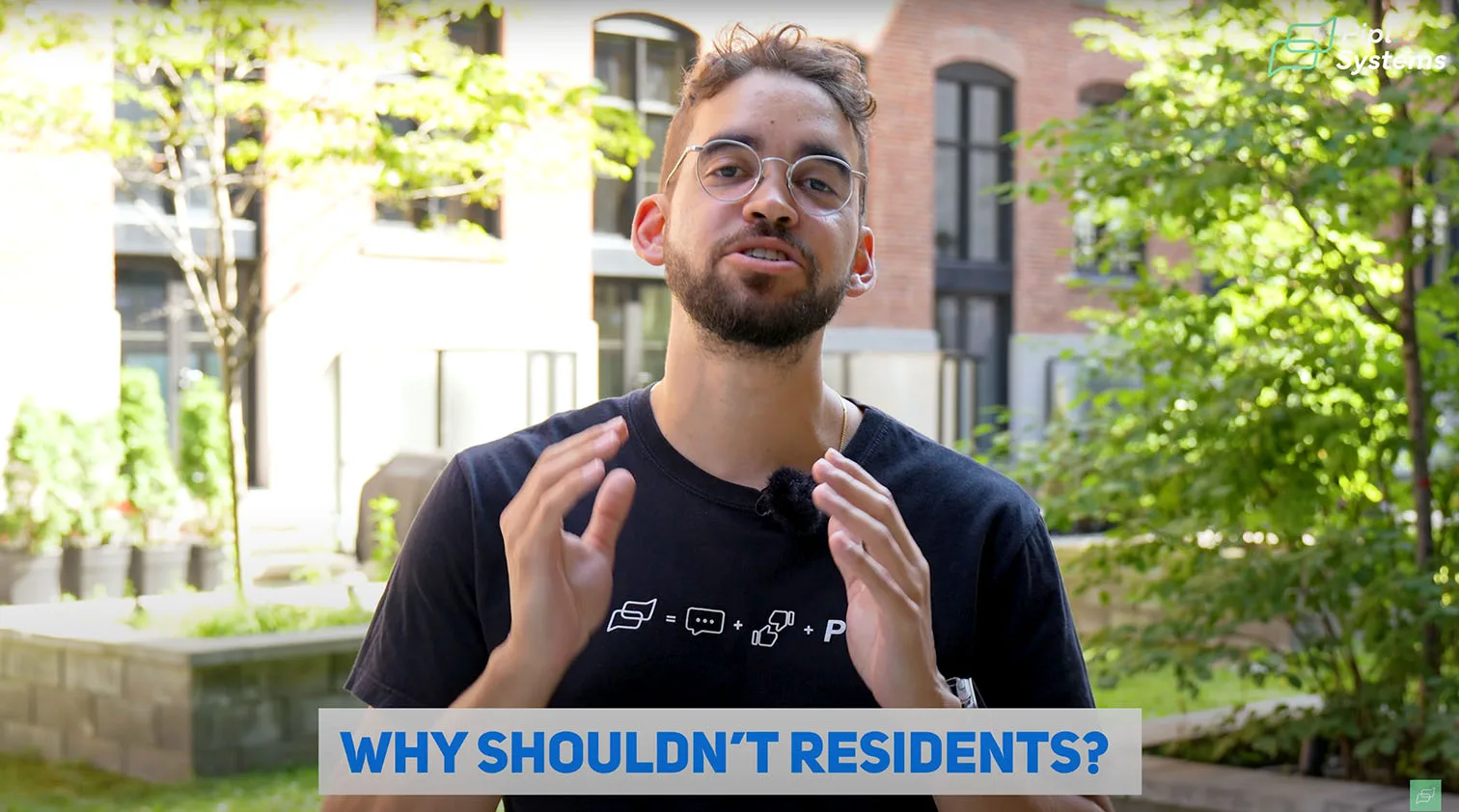
Security posture and auditability in practice
Virtual Key pairs phone-as-credential with server-side controls: expiring invites, revoke-anytime access, and detailed logs. Amazon Key Access events record who requested the unlock, which door, and when. For deliveries, the platform leans on one-way video verification and multifactor steps for drivers, so the unlock isn’t a static code floating around. Compared with traditional intercoms that track almost nothing, this closes a long-standing audit gap.
Where it shines – and the caveats
Strengths: fast resident onboarding, remote unlock for emergencies, fewer package failures, and no rip-and-replace. Watch-outs: you still depend on connectivity, battery life on the resident’s phone, and good building policies (e.g., don’t leave doors on long hold-open timers). Very old or poorly maintained strikes may need a tune-up to avoid nuisance lockouts.
To understand how Amazon Virtual Key complements broader package management strategies, explore our guide on Best Package Room Solutions 2025. It covers modern workflows like lockers and secure delivery zones—adding context for how door entry and virtual credentials intersect with seamless parcel handling.
Pipl Systems’ professional verdict
As a first look, Amazon Virtual Key is a credible upgrade path for legacy properties that want modern access control without new panels. It’s simple to roll out, friendly for residents, and immediately useful for property managers who need clear logs and safer workflows. Our recommendation: pilot it at one entrance, validate resident adoption and admin roles, then scale to additional doors. For a software-led modernization, this is a strong opening move from Amazon.
The Future of Amazon Access Control
Expansion of a broader digital ecosystem
Virtual Key signals Amazon’s shift from a delivery-only helper to a property-wide access platform. Expect tighter alignment between Amazon Key for Business and resident features, shared analytics for entry patterns, and more granular roles for leasing teams and building staff. As the ecosystem matures, we anticipate richer admin tooling (bulk moves, API hooks for PMS syncing) and deeper reporting that blends access control with operations.
Paths to IoT and smart-home integration
Amazon already owns key building blocks – Ring cameras and doorbells, cloud identity, and robust mobile apps. The logical next steps are optional video verification for residents, scheduled access windows for vendors, and event-driven automations (e.g., trigger lobby cameras or lights on unlock). With careful privacy controls, Virtual Key could become the connective tissue between common-area access, unit-level devices, and visitor management – without forcing a wholesale hardware change.
If you are considering indoor surveillance options for your property, our detailed Ring Pan-Tilt Indoor Cam Review | Unboxing, Testing, and Pros & Cons takes you through real-world performance, installation insights, and key advantages, helping you decide if this flexible indoor solution fits your security needs. You can explore the full review here.
Impact on the North American market
For multifamily and mixed-use properties in the U.S. and Canada, the message is clear: access control is becoming software-first. A low-friction rollout that works with most electronic intercom devices pressures legacy vendors to improve cloud features, not just sell new panels. Property managers benefit from faster move-ins/outs, fewer lost-key headaches, and standardized logs that satisfy compliance. Residents get predictable mobile entry and safer package handling. If Amazon maintains strong uptime and transparent admin controls, Virtual Key will accelerate the market’s shift toward cloud-managed access – especially in buildings that can’t justify a full retrofit today.
For those curious about how Amazon Virtual Key compares to tailored in-home communication and security setups, check out our latest guide, Best Home Intercom Systems 2025. It walks you through top-tier intercom options for residential use and helps explain where Virtual Key fits into the broader continuum of access and communication technologies.
FAQ: Amazon Virtual Key
What is Amazon Virtual Key?
Amazon Virtual Key is a software layer that turns the existing Amazon Key device into a resident- and manager-facing access tool. It enables phone-as-credential entry, remote guest buzzing, and time-bound invitations – without replacing your intercom or door hardware.
How does Amazon Key work with Virtual Key?
The Amazon Key device acts as the gateway connected to your building’s intercom or door strike. Virtual Key is enabled in the cloud portal and then used by residents and staff through the Ring App. Drivers continue to receive time-limited access for Amazon delivery, while residents and managers gain mobile control and logging.
Does it require new hardware or installation?
If your property already runs Amazon Key for Business, Virtual Key is primarily a software activation. New installs may require adding the Amazon Key device to the existing intercom/door circuit, which is a straightforward add-on for most electronic systems.
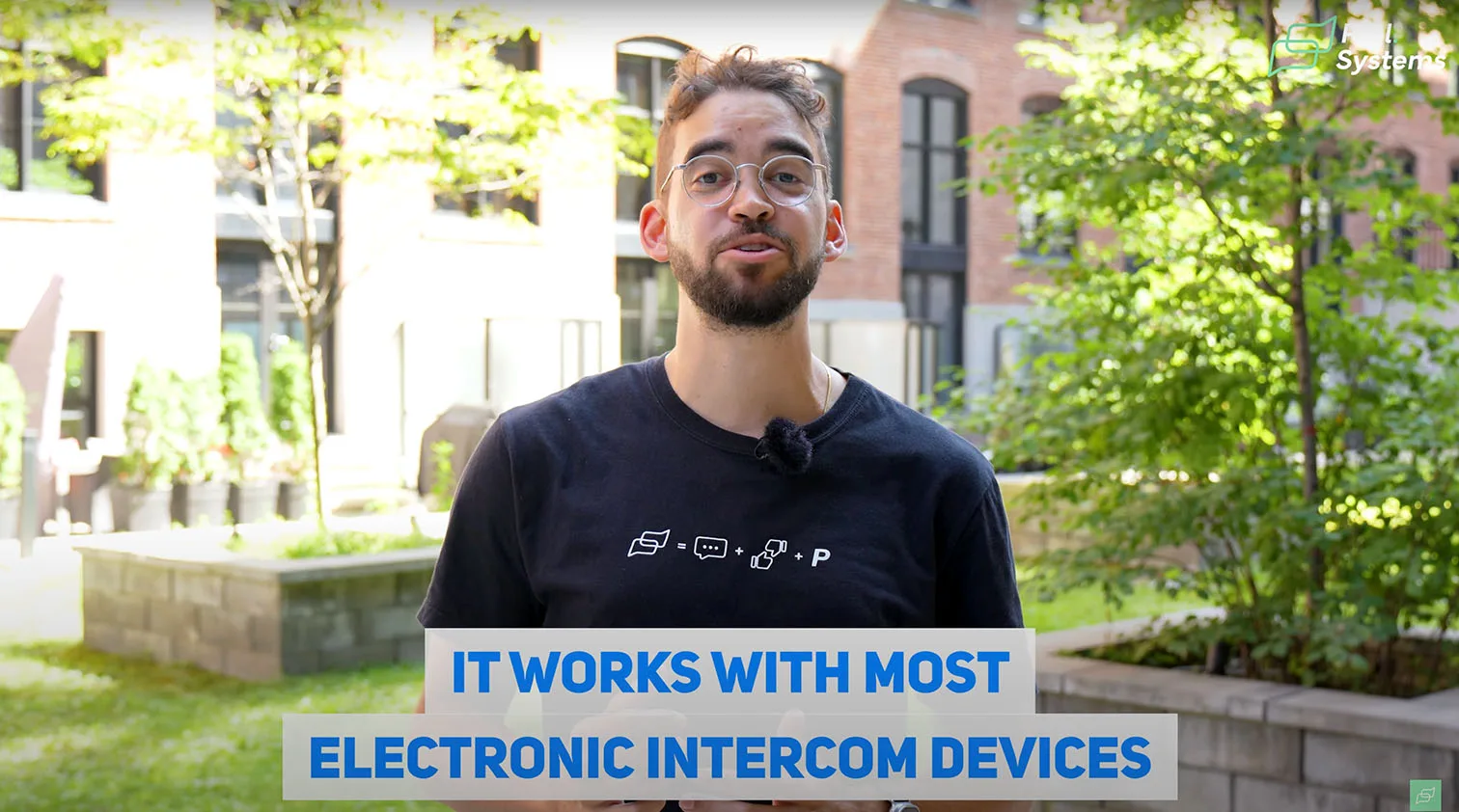
Is it secure and NDAA compliant?
Virtual Key adds controls like time-bound permissions, revocation, event logs, driver multifactor checks, and one-way video verification for deliveries. NDAA rules mainly target video-surveillance hardware; Virtual Key is a software service plus a gateway. Always verify your specific deployment and procurement requirements with Amazon and your compliance team before rollout.
Can property managers integrate it with existing systems?
Yes. Amazon positions Virtual Key as compatible with most electronic intercom devices and designed to sync with common property-management workflows (tenant moves, temporary access, audit logs). Expect cloud-based administration from any internet-connected device.
Does Virtual Key work with the Ring App?
Yes. Residents use the Ring App to unlock doors, admit guests, and view entry status. Property managers handle permissions and oversight in the web portal, while the app streamlines everyday entry for end users.
Final Thoughts
Why Virtual Key stands out
Virtual Key modernizes access without forcing a rip-and-replace. Residents get reliable phone-based entry; managers gain clear audit trails, rapid onboarding/offboarding, and fewer delivery headaches. For legacy buildings, that’s real value with minimal disruption.
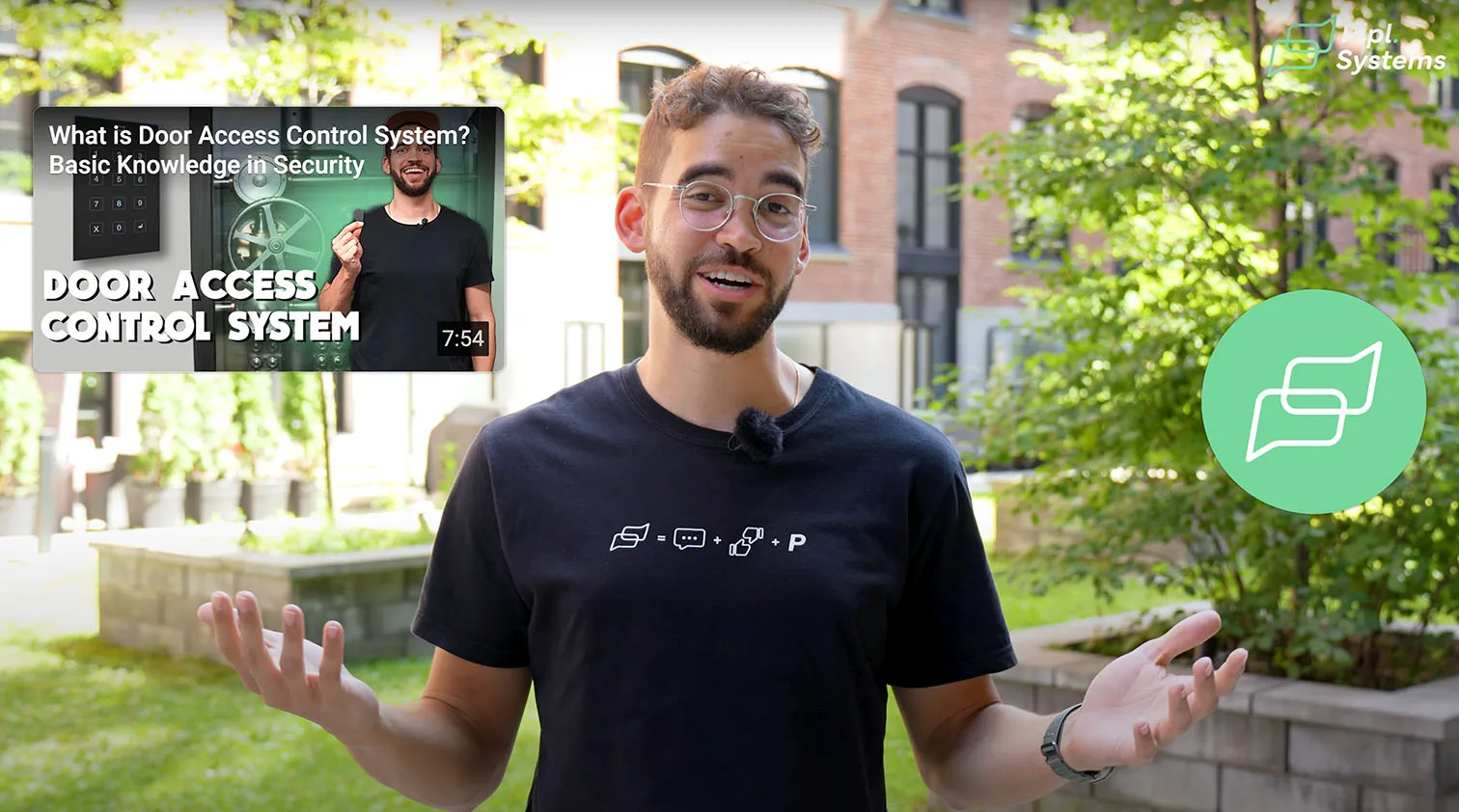
From hardware boxes to software ecosystems
This launch reflects a broader shift: access control is becoming software-first. The Amazon Access Control System uses a lightweight gateway and cloud logic to deliver features – mobile credentials, expiring invites, remote unlocks – that traditional panels struggle to match. As capabilities expand, policies and identity management, not hardware SKUs, will define success.
Pipl Systems’ professional role
We test systems the way they’re actually used – bench measurements in the lab backed by field checks in working properties. Our take: Amazon Virtual Key is a credible, low-friction path to modern access control for North American multifamily and mixed-use sites. We’ll keep evaluating stability, security posture, and admin experience as updates roll out to ensure our readers get clear, unbiased guidance.
